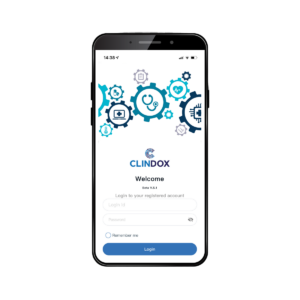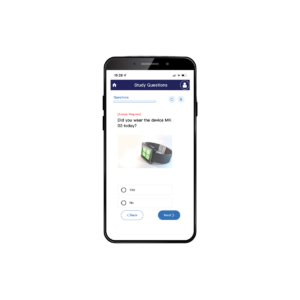The challenges associated with conducting and managing today’s clinical trials have never been greater. According to a recent survey, clinical trials today cost 60% more than they did five years ago.
If your costs have increased over the years and if you’re still using the paper trail, is there a connection?
American English dating back to the 1940’s – “Call me when you have a nickel in your pocket”. With limited budgets, small, innovative medical device vendors will be looking at the nickel in their pocket and thinking that they cannot afford a cloud EDC offering for clinical data management and opt for the paper default or the DIY option for monitoring. None of which are a particular good idea.
But – as medical device trials often involve patient reported outcomes (ePRO), and complex data models with 600-900 variables - using paper is not only more expensive and slower but it will require expensive and time consuming data cleaning at the end of the study. The time you spend cleaning data is time you burn cash in your medical device start-up and that is much more expensive than using a modern cloud EDC, eSource and ePro for clinical data management.
So – before you look at the nickel in your pocket – consider the benefits of being able to monitor data from sites in real time and stay in control of data quality and patient safety.
EDC is a minimum but not-sufficient requirement for clinical data management
Electronic data capture (EDC) systems entered the clinical trial industry some 15+ years ago, and came with a lofty promise – trials would be completed faster and at a lower expenditure of resources than in the past. However, while that sounds all well and good, it begs the question of why medical device companies are still conducting clinical trials with paper?
Well we asked ourselves this question and the answer we found was a rather simple one.
The perceived hurdles and cost of implementing a fully fledged EDC system has prevented some from making the leap of faith. As a result, no budget is allocated and the status quo remains
With the technology advances we have seen in the last 15 years, it’s hard to believe that, only 50% of clinical trials are using Electronic Data Capture (EDC), whilst the other 50% are still being run on paper and in Excel spreadsheets.
Time-saving and cleaner data
Time-reduction is also a very sensitive element when it comes to Electronic Data Capture. Overall, EDC has been calculated to reduce the duration of clinical development by up to 30%.
It is critical to note that most significant time-savings occur during database lock. It has been shown that, when it is time for database lock, there is less missing data and fewer errors and queries with EDC. A case study led by Applied Clinical Trials, has shown that database lock can be 9 times longer for a paper-based trial than one done via EDC.
The Cons of using EDC for clinical data management
Price
We are not really going to argue that there are any drawbacks to using an EDC application for clinical trials, but there are some roadblocks to implementing it. The primary impediment to successful implementation is rather straightforward: price.
CRFweb is available for a fraction of the price of the industry leaders. Contact us today to arrange your demo.








